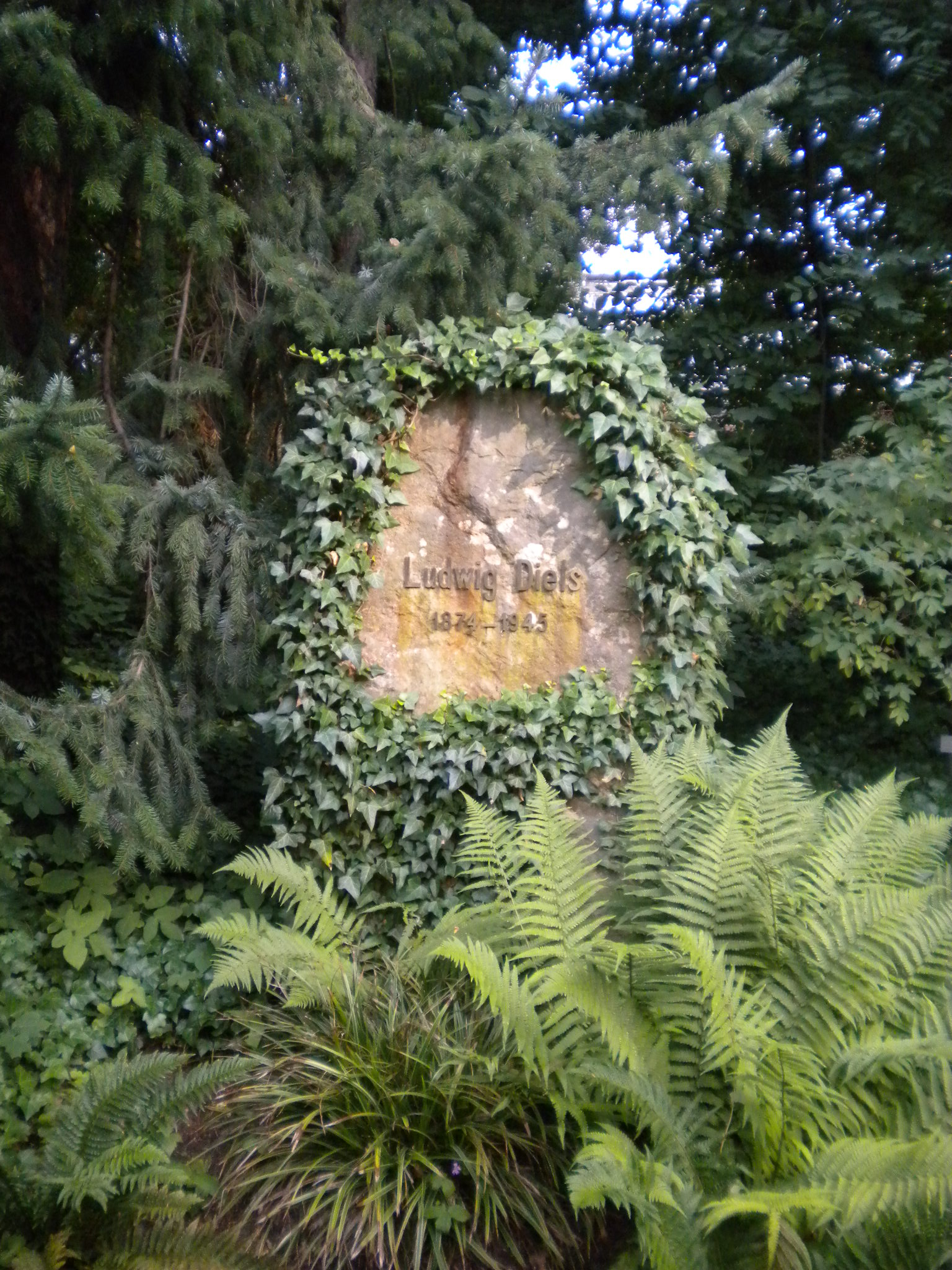Ludwig Diels on:
[Wikipedia]
[Google]
[Amazon]
 Dr. Friedrich Ludwig Emil Diels (24 September 1874 – 30 November 1945) was a German botanist.
Diels was born in
Dr. Friedrich Ludwig Emil Diels (24 September 1874 – 30 November 1945) was a German botanist.
Diels was born in
Hamburg
Hamburg (, ; nds, label=Hamburg German, Low Saxon, Hamborg ), officially the Free and Hanseatic City of Hamburg (german: Freie und Hansestadt Hamburg; nds, label=Low Saxon, Friee un Hansestadt Hamborg),. is the List of cities in Germany by popul ...
, the son of the classical scholar Hermann Alexander Diels. From 1900 to 1902 he traveled together with Ernst Georg Pritzel through South Africa
South Africa, officially the Republic of South Africa (RSA), is the southernmost country in Africa. It is bounded to the south by of coastline that stretch along the South Atlantic and Indian Oceans; to the north by the neighbouring count ...
, Java
Java (; id, Jawa, ; jv, ꦗꦮ; su, ) is one of the Greater Sunda Islands in Indonesia. It is bordered by the Indian Ocean to the south and the Java Sea to the north. With a population of 151.6 million people, Java is the world's mo ...
, Australia and New Zealand.
Shortly before the First World War
World War I (28 July 1914 11 November 1918), often abbreviated as WWI, was one of the deadliest global conflicts in history. Belligerents included much of Europe, the Russian Empire, the United States, and the Ottoman Empire, with fig ...
he travelled New Guinea
New Guinea (; Hiri Motu: ''Niu Gini''; id, Papua, or , historically ) is the world's second-largest island with an area of . Located in Oceania in the southwestern Pacific Ocean, the island is separated from Australia by the wide Torr ...
and in the 1930s in Ecuador
Ecuador ( ; ; Quechuan languages, Quechua: ''Ikwayur''; Shuar language, Shuar: ''Ecuador'' or ''Ekuatur''), officially the Republic of Ecuador ( es, República del Ecuador, which literally translates as "Republic of the Equator"; Quechuan ...
. Especially his collections of plants from Australia and Ecuador, which contained numerous holotype
A holotype is a single physical example (or illustration) of an organism, known to have been used when the species (or lower-ranked taxon) was formally described. It is either the single such physical example (or illustration) or one of seve ...
s, enriched the knowledge of the concerning floras. His monography on the Droseraceae from 1906 is still a standard.
The majority of his collections were stored at the botanical garden in Berlin-Dahlem, whose vicedirector he had been since 1913, becoming its director in 1921 until 1945. His collections were destroyed there during an air raid in 1943. He died in Berlin on 30 November 1945.
Honours
Severalgenus
Genus ( plural genera ) is a taxonomic rank used in the biological classification of living and fossil organisms as well as viruses. In the hierarchy of biological classification, genus comes above species and below family. In binomial n ...
of plants have been named after him including; ''Dielsantha
''Dielsantha'' is a genus of plants in the family Campanulaceae. It has only one known species, ''Dielsantha galeopsoides'', native to tropical West Africa ( Nigeria, Cameroon, Congo-Brazzaville, Equatorial Guinea
Equatorial Guinea ( ...
'' (from ''Campanulaceae
The family Campanulaceae (also bellflower family), of the order Asterales, contains nearly 2400 species in 84 genera of herbaceous plants, shrubs, and rarely small trees, often with milky sap. Among them are several familiar garden plants be ...
'' family), ''Dielsia
''Dielsia'' is a genus of plants in the Restionaceae described as a genus in 1904. There is only one known species, ''Dielsia stenostachya'', endemic to Western Australia.
;Species in homonymic genus
In 1929, Kudô used the name ''Dielsia'' ...
'' (from '' Restionaceae''), ''Dielsiocharis
''Dielsiocharis'' is a genus of flowering plants belonging to the family Brassicaceae.
Its native range is Southern Turkmenistan to Iran.
The genus name of ''Dielsiocharis'' is a compound, combining Diels from a German botanist Ludwig Diels ...
'' (from ''Brassicaceae
Brassicaceae () or (the older) Cruciferae () is a medium-sized and economically important family of flowering plants commonly known as the mustards, the crucifers, or the cabbage family. Most are herbaceous plants, while some are shrubs. The l ...
'') and ''Dielsiothamnus
''Dielsiothamnus'' is a monotypic genus of flowering plants belonging to the family Annonaceae. The only species is ''Dielsiothamnus divaricatus''.
Its native range is Tanzania.
References
{{Taxonbar, from=Q15961891
Annonaceae
Annonaceae ...
'' (from ''Annonaceae
The Annonaceae are a family of flowering plants consisting of trees, shrubs, or rarely lianas commonly known as the custard apple family or soursop family. With 108 accepted genera and about 2400 known species, it is the largest family in the M ...
'' family).
Also ''Dielitzia
''Dielitzia'' is a genus of flowering plants in the family Asteraceae described as a genus in 1989 by Philip Sydney Short
Philip Sydney Short (born 1955) is an Australian botanist.
Some published names
''Actinobole oldfieldiana'' P.S.S ...
'' (from ''Asteraceae
The family Asteraceae, alternatively Compositae, consists of over 32,000 known species of flowering plants in over 1,900 genera within the order Asterales. Commonly referred to as the aster, daisy, composite, or sunflower family, Compositae ...
'' family), is named after Ludwig Diels and Ernst Georg Pritzel (1875–1946).
References
20th-century German botanists Scientists from Hamburg 1874 births 1945 deaths {{Germany-botanist-stub